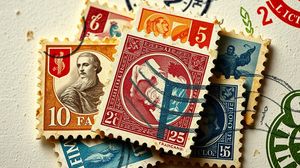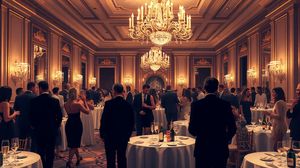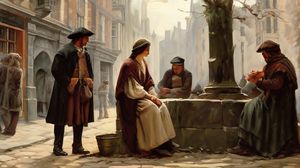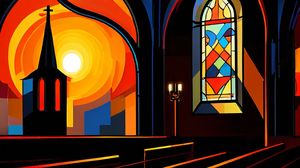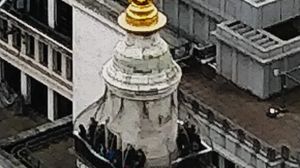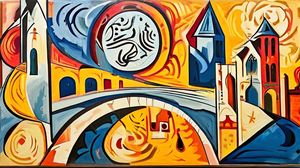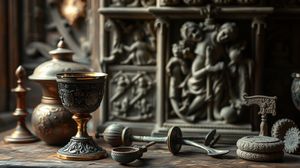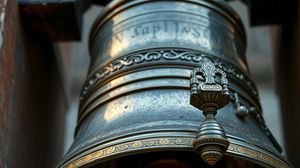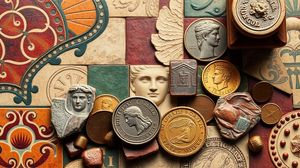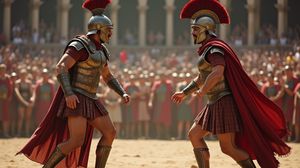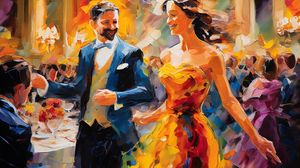
Lombard Street in London is renowned for its historic hanging signs, which serve as a visual testament to the city's rich commercial heritage. Dating back to the 17th and 18th centuries, these signs were originally used by businesses to identify their premises in an era when literacy rates were low and street numbering was inconsistent. Each sign featured a unique symbol or emblem, often reflecting the trade or name of the establishment, such as a grasshopper, a black horse, or a golden anchor.
The tradition of hanging signs was encouraged by King Charles I, who granted a charter allowing businesses to erect signs for better identification. However, by the mid-18th century, the proliferation of large and heavy signs led to safety concerns, including incidents where signs collapsed, causing injuries. Consequently, regulations were introduced to remove or modify these signs, leading to their decline.
In 1902, to commemorate the coronation of King Edward VII, there was a revival of this tradition. Several signs were reinstated along Lombard Street, celebrating the area's historical significance as a financial hub. Today, a few of these signs remain, offering a glimpse into London's past and the evolution of its commercial practices.
Notably, some of these historic signs have influenced modern corporate logos. For instance, the black horse sign, originally used by a goldsmith on Lombard Street, was later adopted by Lloyds Bank and remains a central element of their branding. Similarly, the spread eagle sign became associated with Barclays Bank. These enduring symbols highlight the lasting impact of Lombard Street's hanging signs on contemporary business identities.
Today, visitors to Lombard Street can still observe a selection of these hanging signs, each narrating a story of the city's commercial evolution. They stand as enduring symbols of London's rich mercantile history and the enduring legacy of its early businesses.

Making the Most of Your Visit:
Take a leisurely walk early in the morning when the street is less crowded, allowing you to enjoy the signs at your own pace and capture some great photos without too many people in the way.
Bring along a historical map or download one on your phone to compare the locations of businesses that once used these signs to where they are now. It adds an interesting layer of historical context to your visit.
Try visiting during a weekday to get a sense of the area's current financial bustle, providing a stark contrast to the more historic elements symbolized by these signs.
Look out for any guided tours specifically focusing on the hidden histories of London's financial district; they often provide fascinating anecdotes about the signs and the area's mercantile past.
Consider starting your exploration at the Bank of England Museum, which is nearby, to gain a deeper understanding of the financial history of London before appreciating the signs on Lombard Street.

Visiting Times & Costs:
The "Hanging Signs of Old Lombard Street" is accessible to the public at all times as it is a street with historic signs that can be observed from the pavement. There are no specific opening hours or entrance fees associated with viewing these signs.
The street is part of the public realm and can be visited year-round. Visitors can freely walk along Lombard Street to view the signs at their leisure.
No entrance fees apply since it's an open-air experience.
Accessibility considerations: Lombard Street is situated in the City of London, an area with generally good accessibility for wheelchairs and those with mobility issues. However, as with any historic area, certain pavements might be uneven.

Address & Map:

Nearby:


